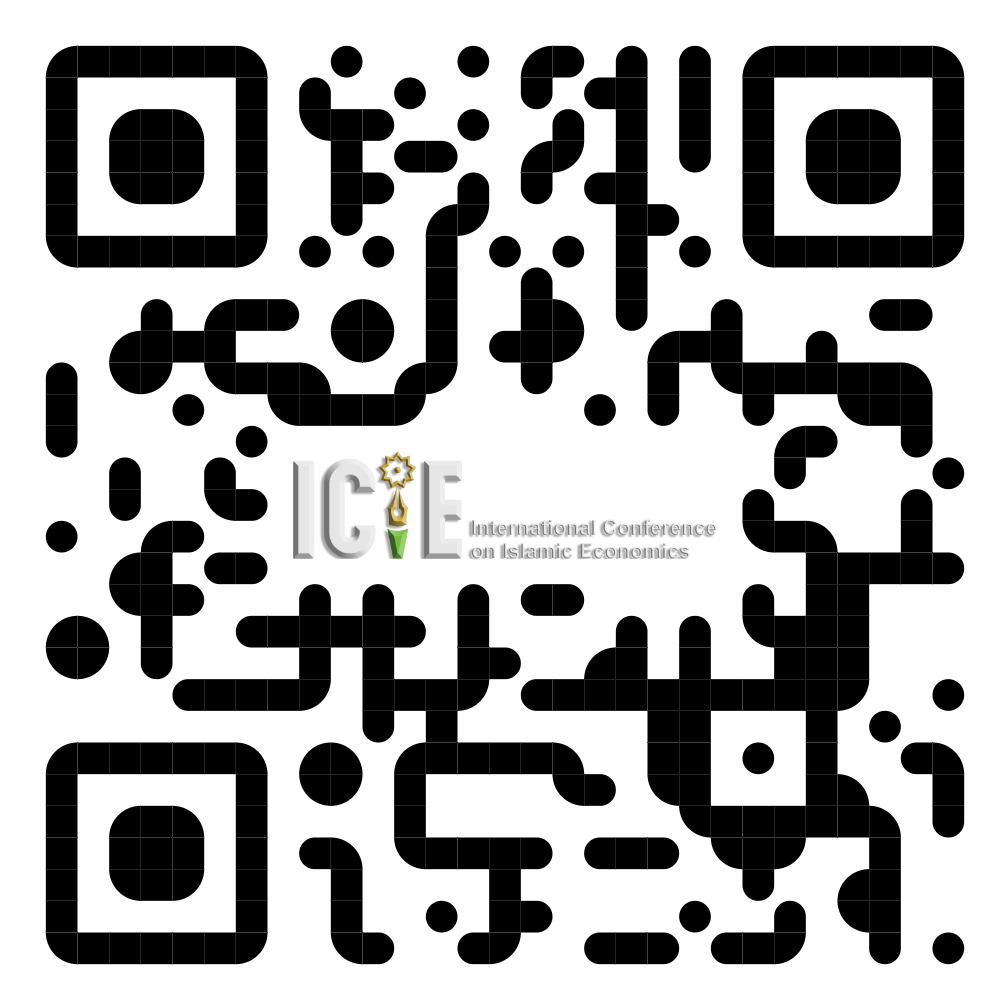Public Perception of Accountability and Transparency of Zakat Institutions in Optimising Zakat Distribution (Case Study on Pekalongan Community)
Keywords:
Public perception, accountability, transparency, distributionAbstract
This study aims to identify public perception of accountability and transparency of zakat institutions in optimizing zakat distribution. The method used in this research is a qualitative approach, with data collection techniques using interviews and questionnaires. The results showed that zakat institutions are accountable and transparent in managing zakat funds. However, there are still many people who need to learn more about the BAZNAS institution and there are still many people who still need to issue zakat at BAZNAS. Therefore, there is a need for socialization from related parties so that people are more confident in issuing zakat at BAZNAS and making innovations that are relevant in this day and age in order to compete with other zakat institutions. Solutions that researchers can offer for Zakat institutions are expected to increase public trust, especially muzaki for all activities, both the collection, distribution, and utilization of zakat, by providing education to muzaki regarding the perception of amil literacy. In addition, BAZNAS itself must have socialization and be able to compete with other amil zakat institutions. I also developed applications and digital platforms to facilitate the community in distributing zakat and getting information related to BAZNAS programmes.




